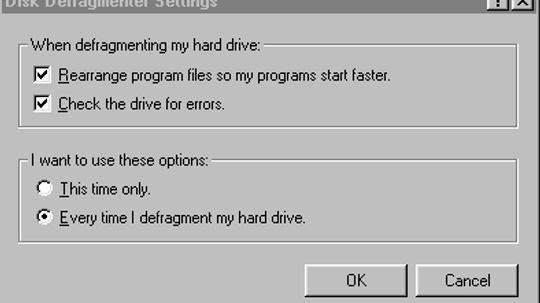Have you ever wondered how disk defrag works? Let’s dive into the intricacies of this process and uncover its inner workings.
The Science Behind Disk Defragmentation
Disk defrag is a method used to optimize computer performance by rearranging fragmented files on your hard drive. When you use your computer, files get scattered across different sectors, causing fragmentation. This can slow down your system as it takes longer for the computer to access these scattered pieces.
To combat this issue, disk defrag organizes these fragments into contiguous blocks, allowing for faster access times. It does so by analyzing each file’s location and rearranging them in a logical order that minimizes seek time during data retrieval.
This process involves moving files closer together on the hard drive and filling up empty spaces left behind after deleting or moving files. By doing this, disk defrag ensures that related data is stored close together, reducing read/write head movement and improving overall system performance.
The Benefits of Regular Disk Defragmentation
Regularly performing disk defrag offers several benefits for your computer. Firstly, it improves file access speed since the operating system can find all parts of a file more quickly when they are stored contiguously. This results in reduced loading times for applications and faster boot-up speeds.
In addition to speed improvements, disk defrag also helps prolong the lifespan of your hard drive. By minimizing unnecessary read/write operations caused by fragmented files, it reduces wear and tear on the physical components of your storage device.
Besides optimizing performance and extending hardware longevity, regular disk defragmentation also enhances data security. Fragmented files are more susceptible to corruption or loss due to unexpected power outages or system crashes. By defragmenting your disk, you decrease the chances of file corruption and increase the likelihood of successful data recovery.
In Conclusion
Understanding how disk defrag works is crucial for maintaining a healthy computer system. By rearranging fragmented files into contiguous blocks, this process improves performance, extends hardware lifespan, and enhances data security. So don’t neglect regular disk defragmentation – it’s an essential step towards keeping your computer running smoothly.
